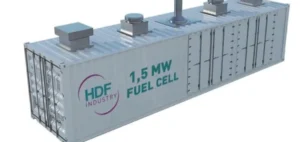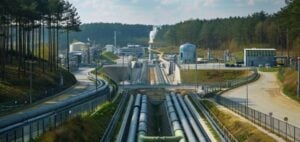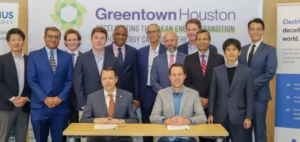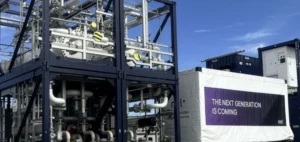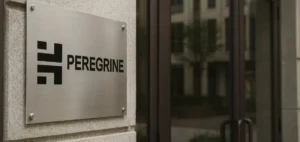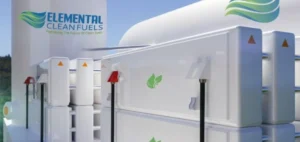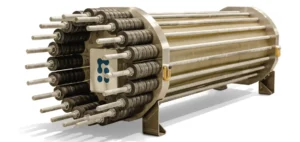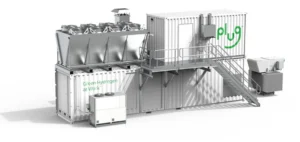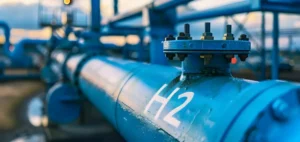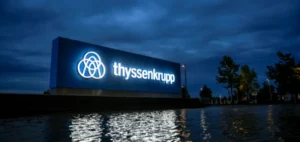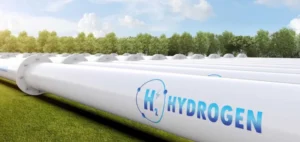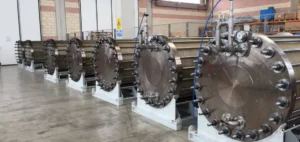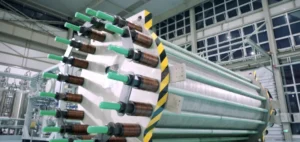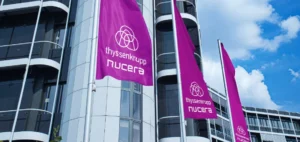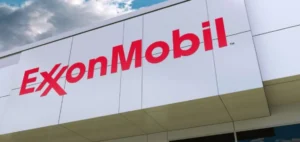Australia, once positioned as a future leader in low-carbon hydrogen, is now seeing its ambitions slowed by high costs and declining industrial momentum. An analysis by consultancy Wood Mackenzie highlights the country’s mounting delays, despite its strong energy and geographic potential.
Presented at the Australia Energy Producers Conference, the report notes that 80% of Australia’s low-carbon hydrogen projects remain in early development phases. Among these are several initiatives considered strategic, such as Fortescue and the Yuri Green Ammonia projects, both of which remain below 10,000 tonnes per year in capacity. Meanwhile, flagship projects like the Grange Resource Renewable Hydrogen Study and Nyrstar Port Pirie have recently been cancelled.
Production costs remain too high
According to Wood Mackenzie, the main barrier to Australia’s competitiveness lies in its significantly higher Levelised Cost of Hydrogen (LCOH). Joshua Ngu, Vice Chairman for Asia Pacific, stated that these costs are driven by elevated engineering, procurement and construction (EPC) expenses. He estimates that Australia contributes less than 5% of the global low-carbon hydrogen capacity currently operational or under construction.
The report also estimates the hydrogen displacement cost in power generation between $0.80 and $1.00/kg, while Australia’s LCOH exceeds $10/kg. At such levels, no project can reach profitability without stronger public support.
Policy support still insufficient
Existing support mechanisms, such as the Hydrogen Production Tax Incentive and the Hydrogen Headstart Programme, are not enough to close the gap. Current Australian incentives amount to about A$2/kg (approximately $1.30/kg), while the United States offers up to $3/kg through its own tax credit. In addition, Australia’s carbon intensity thresholds are stricter than those of the European Union or Japan, limiting access to subsidies.
The report also points to the strategic interest in developing blue hydrogen, derived from natural gas with carbon capture and storage (CCS), as a transitional pathway. Australia holds substantial reserves in the western part of the country that could support this model while advancing CCS infrastructure.
Regulatory alignment and international partnerships
Wood Mackenzie recommends aligning Australia’s hydrogen regulations with international standards for safety, quality, and certification. Currently, the local carbon intensity threshold stands at 0.6 kg CO₂e/kg H₂, compared with 3.4 in Japan and 3.38 in Europe. This discrepancy restricts export market access.
Finally, the report underscores the importance of strengthening cooperation with international partners to secure long-term offtake agreements and attract private investment. The consultancy warns that without swift action, Australia risks permanently losing its early-mover advantage in a rapidly organising global industry.
“Hydrogen is a globally traded commodity, and Australia must act quickly to secure its position,” said Joshua Ngu.



